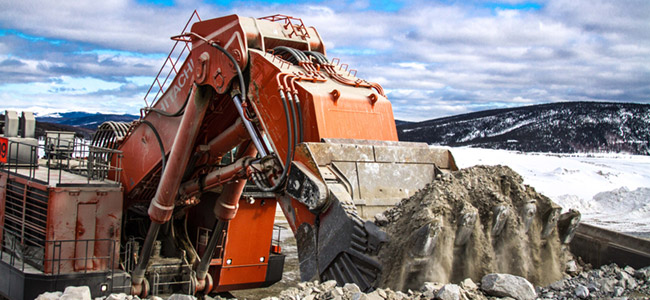What Metals Are Found Alongside Gold in Mines?
Today we are going to ask an important question about what you should be looking for when you go hunting for gold in and around old gold mines . . .
While you are looking for gold in those locations, what other metals should you be looking for too?
Some Important Information You Should Know
When one kind of metal is mined from the earth, it is never found alone. As you would expect, ore contains sand, silica and other non-metallic substances. But the “target” metal being mined is almost always found alongside other metals, some of them valuable. And if you go hunting for gold near old mines, there are other metals you can reclaim.
In mines, it is common to find various other metals and minerals alongside gold, depending on the specific geological conditions of the deposit. Some of the most common metals found with gold in mines include:
Silver is often found in association with gold, and in some cases, silver deposits are even more significant than the gold deposits.
Copper is frequently found alongside gold, and copper-gold ores are quite common. Copper minerals can add value to a gold mining operation.
Zinc is sometimes found with gold, and its presence can influence the mining and processing methods used.
Lead is another metal that can be associated with gold deposits.
Nickel deposits may occur together with gold.
Platinum and palladium can also occur in the same ore bodies as gold, although their concentrations may be relatively low compared to primary platinum or palladium deposits.
Iron may be found in gold-bearing ores.
Mercury was often used in the extraction of gold in the past, and traces of it may still be found in some mining areas.
Arsenic can sometimes be associated with gold ores.
Antimony deposits sometimes occur with gold. (Antimony is a silver-white metal with the atomic number 51.)
It's important to note that the specific combination of metals and minerals found with gold can vary greatly depending on the location and geological setting of the mine. Each mining deposit is unique, and the presence of these other metals can influence the overall economic viability and environmental considerations of the mining operation. Also, modern mining practices are designed to consider and manage the potential environmental impacts of extracting these metals from the earth.
And Where Are Most of the World’s Gold Mines Located?
Let’s review.
Australia is one of the leading gold producers, with significant mining activities in states like Western Australia and New South Wales.
Canada is a major gold producer too, with significant mines in provinces like Ontario, Quebec, and British Columbia.
China is the world's largest producer of gold, with extensive gold mining operations spread throughout different provinces.
Ghana is a major gold producer in Africa and has numerous gold mining operations.
Indonesia has several gold mines, and it is a notable producer of the metal in the Asia-Pacific region.
Peru is one of the top gold producers in South America and has several important gold mining regions.
Russia ranks among the top gold-producing countries, and it has several major gold mines in various regions.
South Africa historically played a significant role in global gold production and still has active gold mines.
The United States has substantial gold mines primarily located in Nevada and Alaska.
Uzbekistan is among the top gold-producing countries in Central Asia.
Found Gold and Associated Metals? Call Specialty Metals Smelters and Refiners
Whether you have reclaimed bright gold nuggets or located large deposits of sand that contain bits of gold, give us a call at 800-426-2344. We can test your discoveries and tell you exactly what metals are present in them. Then if you want us to, we can extract the gold and pay you what it is worth at current trading prices.

